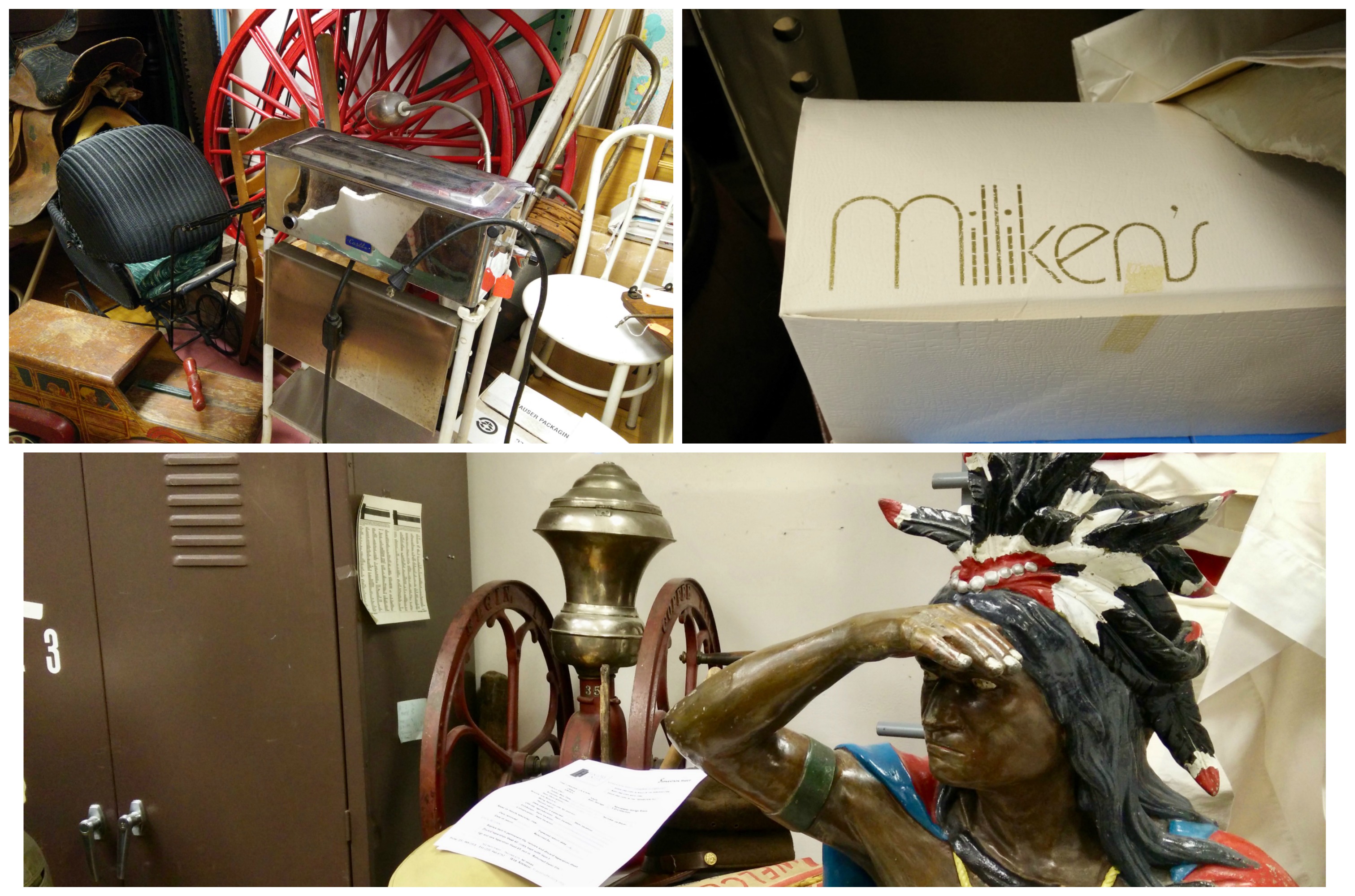
Work Continues on Con Foster Collection of 4,000 Artifacts
By Ross Boissoneau | June 16, 2019
The City of Traverse City no longer has its own history museum, but it does own some 4,000 local historical artifacts. Cataloging the collection is still underway, as is the deaccessioning process for Native American pieces in order to comply with the federal Native American Graves and Repatriation Act. What comes next is up for debate.
Many of the relics from Traverse City’s history had been displayed at the Con Foster Museum on the grounds of Clinch Park (the museum was named for the city’s one-time mayor and city commissioner, who was instrumental in starting the collection). When the museum closed after some 70 years (later becoming the Bijou by the Bay), the artifacts were transferred to the History Center, a.k.a. Grand Traverse Heritage Center, at the Carnegie building on Sixth Street, the former home of the Traverse Area District Library.
When the History Center closed, ceding the bulk of the building to Crooked Tree Art Center, the city faced some decisions about what to do with the Con Foster collection. The artifacts range from the stovepipe hat worn by “the father of Traverse City,” Perry Hannah, to housewares, farm equipment and personal care items dating from the mid-1800s to later 1900s. There’s even a neon WTCM sign from the mid-20th century, representing Les Biederman, who brought radio and television to Northern Michigan, and boxes from Milliken's, Traverse City's former department store.
Assistant Traverse City Manager Penny Hill says the artifacts are now stored in various places while efforts continue to catalog the collection. “When we had management for the operating museum, we started inventorying into an electronic database. The city is interested in finishing that, but it will take some time,” she says.
The locations include storage units, other city-owned buildings and storage areas at the Carnegie building. Wherever they are being stored, Hill says steps are being taken to make sure the items are secure and preserved. “The (biggest) concern was for items that had been on display and were received when the lease for Crooked Tree Art Center included museum galleries,” she says. “They wanted to be sure (the city) was following good museum rules and procedures.” She says artifacts are stored in a controlled environment.
Peg Siciliano, former archivist for the History Center and longtime employee of the Con Foster Museum, cites other steps being taken, including the purchase of two secure, archival-quality gun cabinets for the city’s historic gun collection; the use of archival-quality storage boxes for many of the artifacts that previously were on display in the upper rotunda of the Carnegie Building; and the use of acid-free paper.
Both Siciliano and Hill note the deaccessioning of the Native American items also continues in accordance with the Native American Graves and Repatriation Act,passed by Congress in 1990, which requires institutions that receive federal funding to inventory their collections, consult with federally recognized Native American tribes, and repatriate human remains or cultural items that meet certain criteria. “That is ongoing. There is no deadline,” says Hill.
Once cataloging and proper handling of Native American items is complete, what then?
“There are several options,” Hill says, including retaining and keeping the items in storage, retaining them all but loaning pieces to museums on a long-term basis, donating some or all items to other museums, or creating an all-new local history museum.
Siciliano says another option would be loaning some items to places like the City Opera House, Dennos Museum, or the small State Hospital Museum that is opening this summer at the Grand Traverse Commons for short-term display. “There is professional precedence for these types of loans, but they do require proper legal documentation of assurances of safe and secure display situations,” Siciliano says.
While creating a new museum might be the most enticing to local history buffs, it’s also the most expensive. Siciliano says it could mean the city working with some non-profit to open a small museum somewhere downtown, noting it would probably take a private individual to donate or lease space for this purpose. “Or there could be a major fundraising effort to have an actual museum,” she says, noting she is not aware of any such plans.
“It is my hope that in the foreseeable future at least some of these items will be available for public view,” she says.







